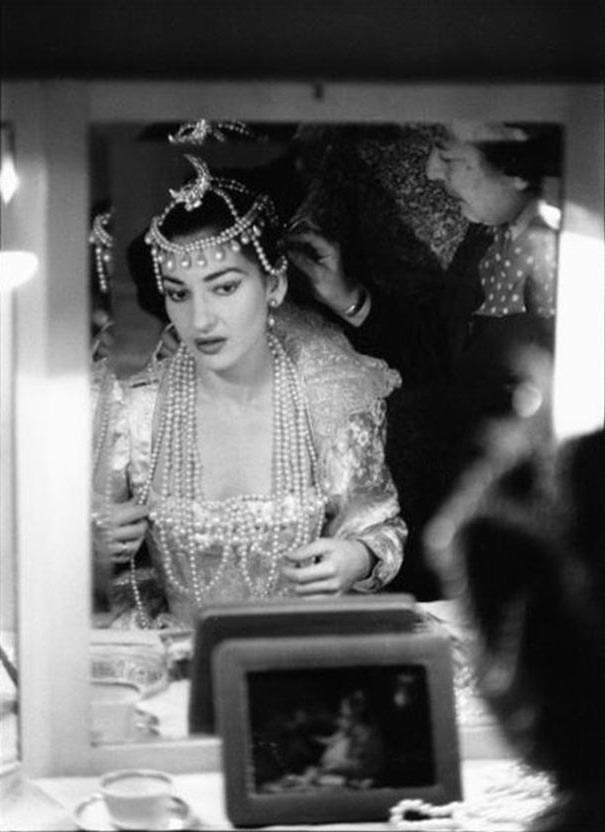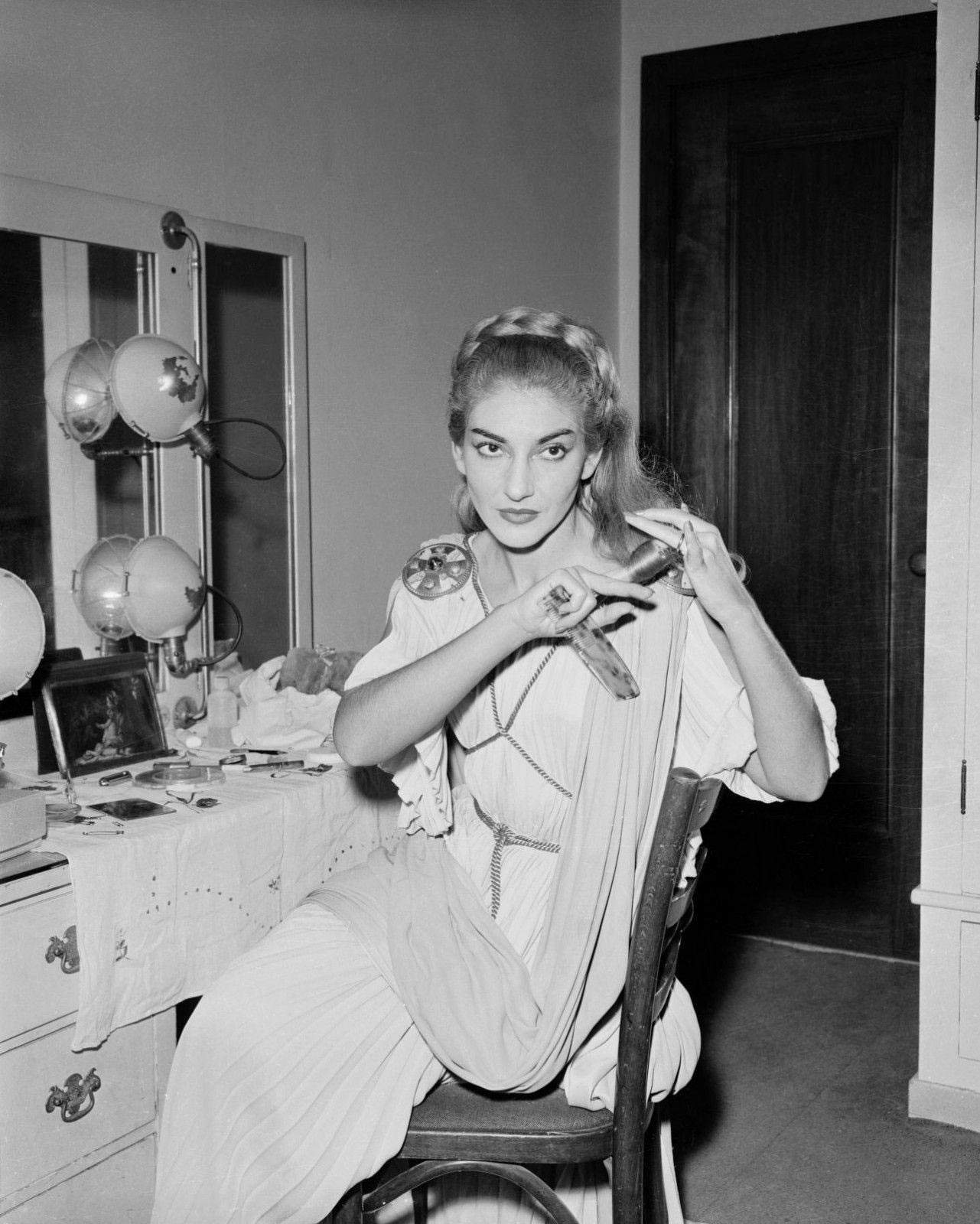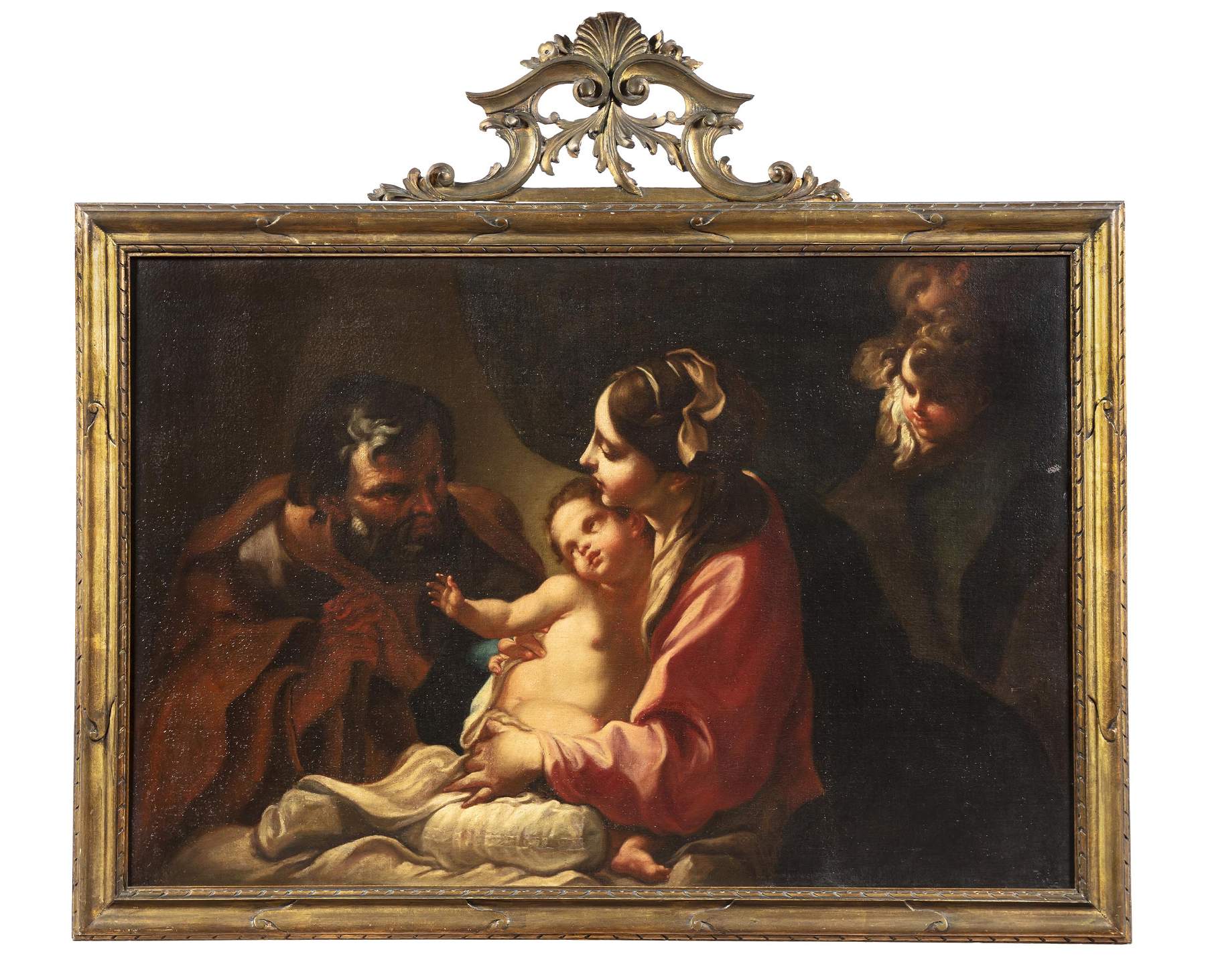Gift of love: an exhibition in Brescia on the painting that Maria Callas considered her talisman
From February 9 to April 11, 2021, the Casa Museo - Paolo and Carolina Zani Foundation in Cellatica (Brescia) is hosting the exhibition Gift of Love. The Holy Family of Maria Callas in the House Museum, an in-depth study, curated by Massimiliano Capella and Angelo Loda, dedicated to a painting by Giambettino Cignaroli (Verona, 1706 - 1770) that represented a sort of personal talisman of the legendary Greek-American singer Maria Callas (New York, 1923 - Paris, 1977). The work by Cignaroli (a painter also known for having executed, in 1770, a portrait of the then 13-year-old Mozart) is a Holy Family, and, stylistically consistent with the permanent pictorial corpus of the House Museum, it is a painting that tells a unique story, because, beyond its strictly art-historical value, the work refers us to the professional and personal history of Maria Callas: in fact, as revealed by many photographs of her in her dressing room as she prepares to enter the stage or in more intimate moments in her homes, from Verona to Sirmione, from Milan to Paris, this painting is a constant presence, certainly the work that occupies the place of honor in her personal art collection, which also consists of such first-rate pieces as canvases by Francesco Caroto and Bonifacio Veronese.
Cignaroli’s Sacra Famiglia, because of its symbolic value, was the only work inextricably linked to Callas, precisely because it was donated to her by the entrepreneur Giovanni Battista Meneghini (Verona, 1896 - Desenzano del Garda, 1981) on the evening of August 1, 1947, on the eve of her long-awaited Italian debut, a moment longed for and laden with expectations. The triumphant outcome of the evening and the emotional bond created with Meneghini thus transformed this painting into the personal talisman of what we can consider the only true singer-icon of the 20th century, for everyone simply “la Divina.”
Cignaroli’s small panel replicates in miniature the subject of another canvas attributed to his master, Antonio Balestra (an oil on canvas measuring 76 x 114 cm), now preserved at theEli and & Edythe Broad Art Museum (Michigan State University, East Lansing), and of other specimens, also attributed to Balestra, Fabrizio Cartolari or Cignaroli himself, including the one at the Museu de Montserrat (oil on canvas, 80 x 111 cm) and the specimen in a private collection in Venice set in a fine frame with a cimasa (oil on canvas, 76 x 113 cm). However, the story of the small painting that belonged to Maria Callas is the most fascinating: in fact, the singer transformed the work given to her by Meneghini into her own personal talisman, immortalized in a series of particularly evocative shots, including those of January 1950 at the Teatro la Fenice in Venice and February 1951 in Palermo in which a young and imposing Maria Callas prepares to go on stage as Norma. Leaning against the mirror in her dressing room is a glimpse of Cignaroli’s painting still inserted in the original shaped frame, later replaced by a red velvet case, certainly more practical for the singer’s constant movements.
 |
| Maria Callas in her dressing room as she prepares to perform Gluck’s Ifigenia, Milan 1957. Ph Willy Rizzo |
 |
| Maria Callas in dressing room for Norma, Chicago November 1954. |
Already in the December 7, 1951 photograph of Maria Callas in the dressing room at Teatro alla Scala in Milan for I Vespri Siciliani, the Holy Family is placed in the red velvet case in which it is still kept today, and this is how that it appears in the evocative shots in which the singer prepares to go on stage at the Teatro Regio in Parma(La Traviata, 1951), at the Maggio Musicale Fiorentino(Medea, 1953), at the Teatro Donizetti in Bergamo (Lucia di Lammermoor, 1954), at the Teatro alla Scala in Milan(Iphigenia in Tauride, La Sonnambula and Anna Bolena, all 1957), in Chicago (November 1954 and January 15, 1957), in Lisbon(La Traviata, March 1958) and also at Claridge’s Hotel in London (June 1958). Cignaroli’s Holy Family also makes a fine showing in Callas’ dressing room on the occasion of her long-awaited debut, in 1956, on the stage of the Metropolitan in New York and is photographed during her meeting with Marlene Dietrich, celebrated by the entire press (“They Met at the Met,” Chicago America, Oct. 30, 1956). In an article that appeared in Grazia magazine (Dec. 1, 1957) it is Callas herself who proudly shows Cignaroli’s painting, kept together with her jewelry in her Milanese home at 38 Via Buonarroti.
The importance of this painting is such that on June 9, 1955, Maria Callas, who is in Vienna to perform Luciadi Lammermoor at the Staatsoper, asks her friend Giovanna Lomazzi to urgently bring it to her from Milan, where she had forgotten it. In fact, the painting is her personal talisman, and so she also defines it in a TV interview on the Ed Murrow Show on January 24, 1958, and in the article that appeared in the Toronto Daily Star (Oct. 21, 1958) when she proudly shows it to reporters and recalls that without the painting she does not go on stage: “.... I forgot to bring it to my dressing room only on two occasions and twice my voice cracked so badly that I had to suspend the performance.” Cignaroli’s little table also appears furtively in a brief video interview in the dressing room of the Dallas Opera (Nov. 6, 1958) in which Callas, besieged by reporters, comments in a fiery tone on the breaking of her contract with the MET in New York, an event that aroused great controversy in what seemed to be the singer’s annus horribilis, which began with the scandal at the Rome Opera House over the interruption of a performance of Norma, but then ended in triumph with her debut at the Paris Opéra. Maria was paid as much as 5,000.000 francs, donated to the Légion d’Honneur, and on this occasion, too, she wanted Cignaroli’s small painting next to her, as revealed in a striking shot in which she is portrayed in the dressing room named after the legendary Fanny Heldy as she prepares to sing the second act of Tosca, wearing the elegant dress Biki had created for her for the event.
Alongside the numerous photographic and video documentations, the link between Callas and Cignaroli’s Holy Family is further corroborated by the inscription in her own hand that appears on the back of the panel in which the painter’s name is given (Cignaroli G. B veronese / 1706 - 1770), the date on which Meneghini gave her the work as a gift (August I, 47) and the date of one of her great triumphs after a performance of La Traviata in Mexico City (July 22, 51 / grazie gran Dio! / M C and B.).
The exhibition opens Monday through Friday from 9 a.m. to 1 p.m. Tickets: full 10 euros, reduced 7 euros, school groups 5 euros. All info can be found on the Zani Foundation website.
Pictured: Giambettino Cignaroli, Holy Family (oil on canvas applied to panel, 13 x 19 cm; Venice, Private Collection Ilario Tammasia and Marco Galletti)
 |
| Gift of love: an exhibition in Brescia on the painting that Maria Callas considered her talisman |
Warning: the translation into English of the original Italian article was created using automatic tools. We undertake to review all articles, but we do not guarantee the total absence of inaccuracies in the translation due to the program. You can find the original by clicking on the ITA button. If you find any mistake,please contact us.



























